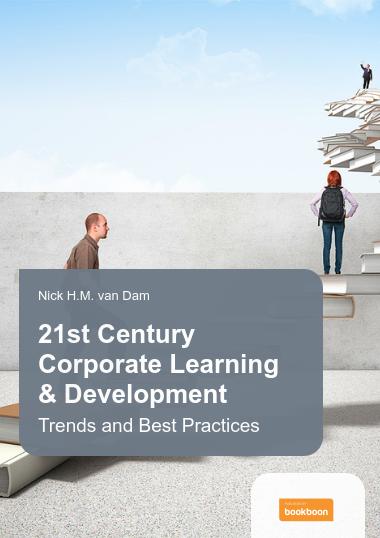The 6 myths hiding the true value of L&D

Whether we have heard them from management or uttered them ourselves, there are many common phrases floating around the world of Learning & Development that are simply untrue. Because learning is too often seen as something that is ‘nice-to-have’ rather than an essential factor in a modern business, as an L&D manager, it can be difficult to encourage decision-makers to invest in the growth and development of an organisation’s employees but by debunking these myths, learning professionals can present the true value of L&D.
Going digital won’t make a big impact
Not only does digital learning make the training process lightning-fast, but it is also the most impactful way to present learning as it is catered to every member of a company, from manager to assistant, from CEO to intern, regardless of position or experience. Because of its mobility and data-driven algorithms, eLearning promotes self-directed learning at the point of need by providing on-the-go, relevant content to every learner.
Learn the 7 benefits of digital learning.
Reading is not an effective way to learn
While it may be one of the oldest ways to learn, reading is by no means behind the times. Modern eBooks are concise, mobile and give employees the ability to learn from bite-sized materials at their own pace whenever and from wherever they choose. Although we have increased the number of videos we watch, contrary to popular belief, modern workers actually read more today than we did a decade ago (1). Reading, particularly when combined with audio to use as part of a blended learning approach, is still a very effective way to learn.
Learn more about why reading is still one of the best ways to learn here.
Every employee should be at the same skill level
The idea that every employee should possess the same level of skills is both unrealistic and ineffective. No two employees are alike, and neither are their skill levels. The most impactful learning happens when every employee finds materials that are relevant to their specific learning needs. And because modern L&D caters towards many different skillsets, it is a great way to encourage collaboration, brainstorming and the exchange of new knowledge and skills.
Impactful learning is costly
Sure, it can be, but it doesn’t have to be. Tight or shrinking budgets are simply the reality for many L&D professionals but even with a small budget, training can have a massive impact on an organisation. If every organisation in the UK switched to eLearning instead of sending employees away from the office to complete training, it would save the UK economy an average of £21bn annually (2). On top of that, not only does eLearning’s bite-sized approach allow employees to learn more in less time, digital learning platforms are regularly updated and use data-driven algorithms to recommend something for every learner at no extra cost.
Find out how your organisation can get more learning with less budget thanks to eLearning.
Classroom training is the most effective way to teach new skills
While it may be the most traditional way, 100 percent classroom-based learning, is not the most effective way to train modern employees. Not only does eLearning provide many of the benefits of classroom training at a fraction of the price, going digital or using eLearning as part of a blended approach makes learning opportunities virtually endless. Digital learning removes the time and location limitations that come with classroom training as well as allowing learners to choose the skills they need and learn at their own speed from wherever they choose.
It is difficult to measure ROI of L&D
When a company invests in the development of its employees, it is understandable that those in charge would want to determine how effective their learning solution is on a company-wide scale. Because learning itself is intangible, calculating a return on investment for learning solutions is often mistakenly chalked as being too difficult. In reality, ROI can be measured in many ways. Personal development impacts many areas of business, so, looking at employee retention rates, numbers of conflicts, and productivity levels is a great starting point. Following that, a more analytical approach to proving the value of L&D could involve measuring engagement rates, giving employee surveys and requesting customer feedback.
As many learning professionals know, when budgets are cut, L&D is often looked at as an unnecessary cost. However, by debunking these common myths, and choosing a platform that provides effective, cost-efficient training that can be blended with a more traditional approach to secure a ROI, defending and proving L&D’s value becomes far easier.




